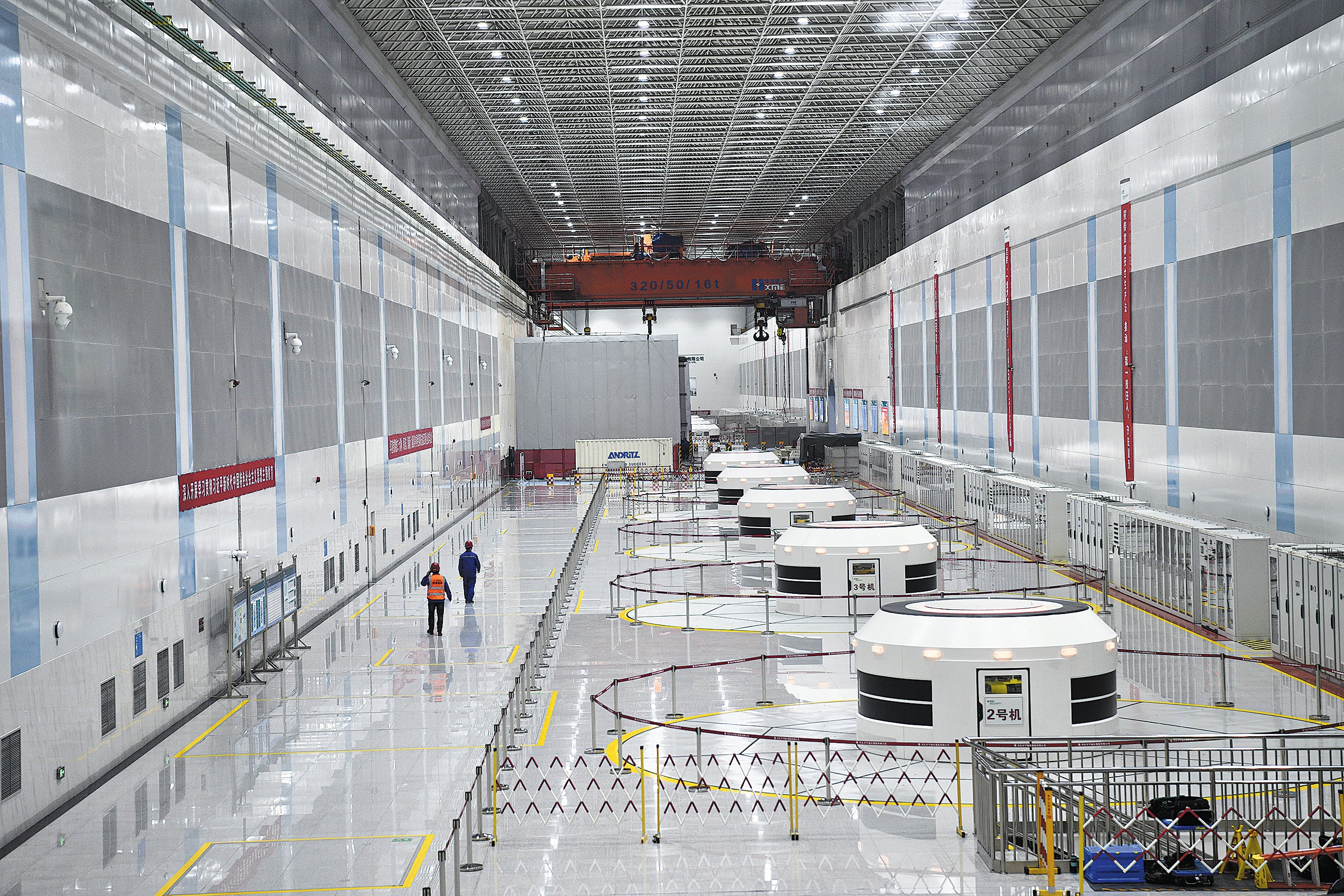Flexible power sources forge ahead
THE ARTICLES ON THESE PAGES ARE PRODUCED BY CHINA DAILY, WHICH TAKES SOLE RESPONSIBILITY FOR THE CONTENTS

China’s flexible power sources will become more diversified, from the coal, gas and pumped storage hydropower of the past, to various regulatory resources including battery storage and hydrogen energy, say industry analysts and government officials.
By 2030, pumped storage hydropower will become the primary power source for adjusting the power balance thanks to its rapid output adjustment rate, according to a prediction by S&P Global Commodity Insights.
Electrochemical energy storage, on the other hand, will be playing a major role in flexibility regulation as early as 2040 and no later than 2050, thanks to its rapid adjustment response rate and relatively low cost, it added.
It can ensure stable grid operations by shaving peak and modulating frequency for the power system, as power consumption during off-peak hours has a relatively lower cost.
Han Bing, associate research and analysis director of S&P Global Commodity Power and Renewable Energy, said China currently has sufficient pumped hydro energy storage reserve projects to help make it a major flexible power source by 2030.
The nation currently sees pumped storage units with a total installed capacity of 130 gigawatts, either approved or under construction, Han said.
He estimates that the storage market mechanism of new energy will become more flexible by 2030, making it capable of participating in various power transactions, while new energy storage and hydrogen will also play a major role in balancing power supplies with higher performance and lower costs thanks to technological advances. By introducing hydrogen energy, China can reduce the installed capacity of fossil-fuel energy to around 600 GW by 2050, while raising that of new energy to approximately 800 GW, he said.
Lin Boqiang, head of the China Institute for Studies in Energy Policy at Xiamen University, said that developing technologies of new energy storage will not only reduce clean energy waste but also facilitate power demand at peak hours.
New energy storage has been one measure that China has taken to empower its green transition. It will become an important foundation for building a new power system in the country, Lin said.
He expects that the installed capacity of new energy storage, together with that of other regulatory power sources, will witness rapid development in the years to come.
To seize opportunities, many domestic energy companies are laying out plans to set up battery energy storage stations nationwide.
Located in the Inner Mongolia autonomous region, China’s first megawatt-level iron-chromium flow battery energy storage project, composed of 34 domestically made “Ronghe 1” battery stacks and four groups of storage tanks, will be put into commercial use soon, said its operator State Power Investment Corp.
An iron-chromium flow battery, a new energy storage application technology with high performance and low costs, can be charged by renewable energy sources such as wind and solar power and discharged during peak hours. The project can store 6,000 kilowatt-hours of electricity for six hours, it said.
New energy storage is an important foundation for building a new power system in China, enjoying the advantages of fast response, flexible configuration and short construction periods, said Li Jianwei, chief engineer of the company.
The National Development and Reform Commission has launched a series of policies to promote the development of various regulatory power resources including new energy storage and hydrogen energy in recent years.
The National Energy Administration said during a news conference on July 31 that China’s installed capacity of new energy storage projects put into operation reached 8.63 million kilowatts in the first half, a multiyear record.
With the installed scale of renewable energy’s rapid growth, the power system’s demand for various regulatory resources has been growing, leading to the accelerating development of new energy storage in the country in recent years, said Liu Yafang, an official with the administration, during the conference.
